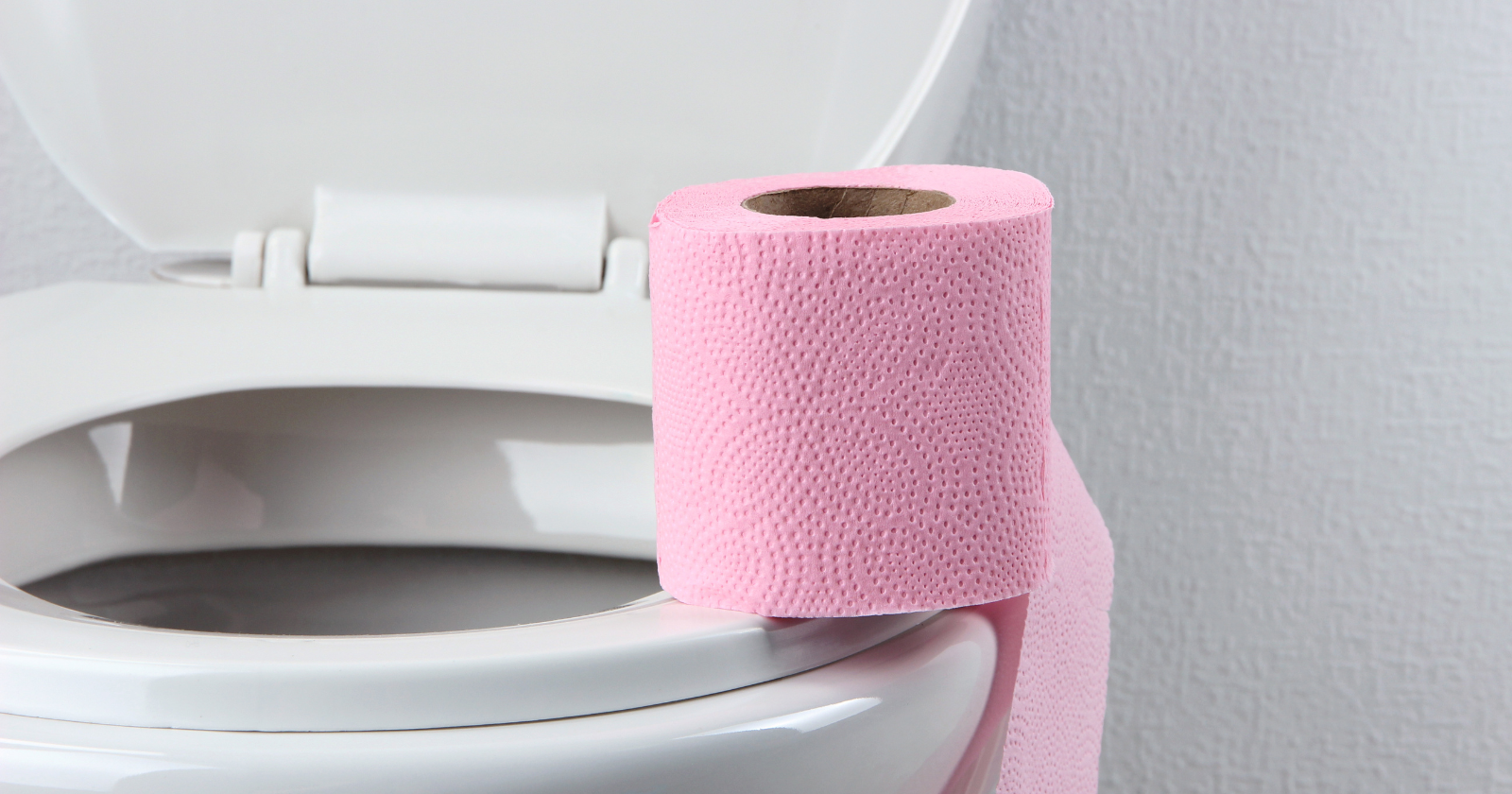
Colored toilet paper, once a staple in many bathrooms for its decorative appeal, has largely vanished from store shelves. What happened to colored toilet paper? This shift from vibrant hues towards plain white varieties can be traced to health, environmental, and market factors. Understanding the reasons behind the decline of colored toilet paper offers insight into broader trends in consumer preferences and industry practices.
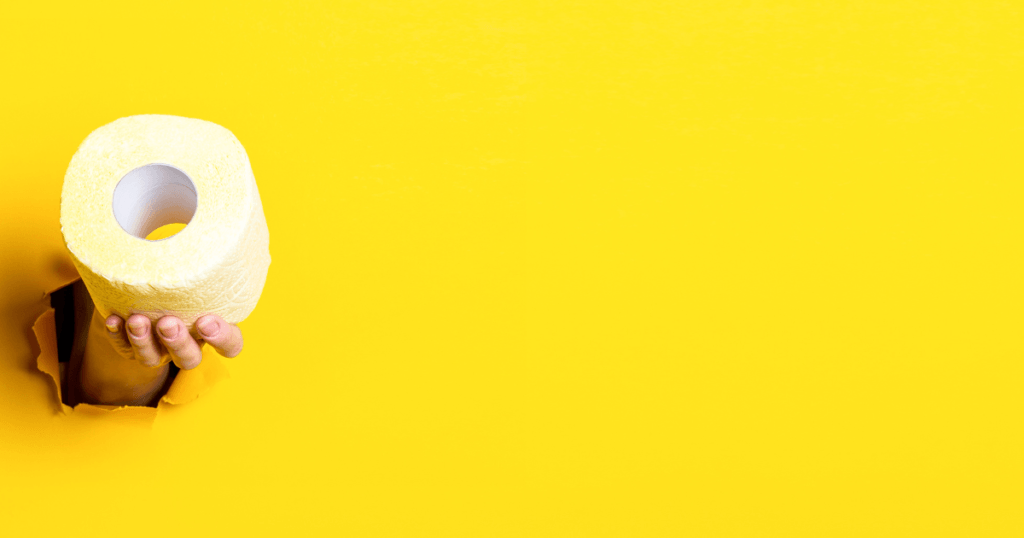
So What Happened to Colored Toilet Paper?
Colored toilet paper, once a staple in many bathrooms for its decorative appeal, has largely vanished from store shelves. What happened to colored toilet paper? This shift away from vibrant hues towards plain white varieties can be traced to a combination of health, environmental, and market factors. Understanding the reasons behind the decline of colored toilet paper offers insight into broader trends in consumer preferences and industry practices.
Rise and Popularity
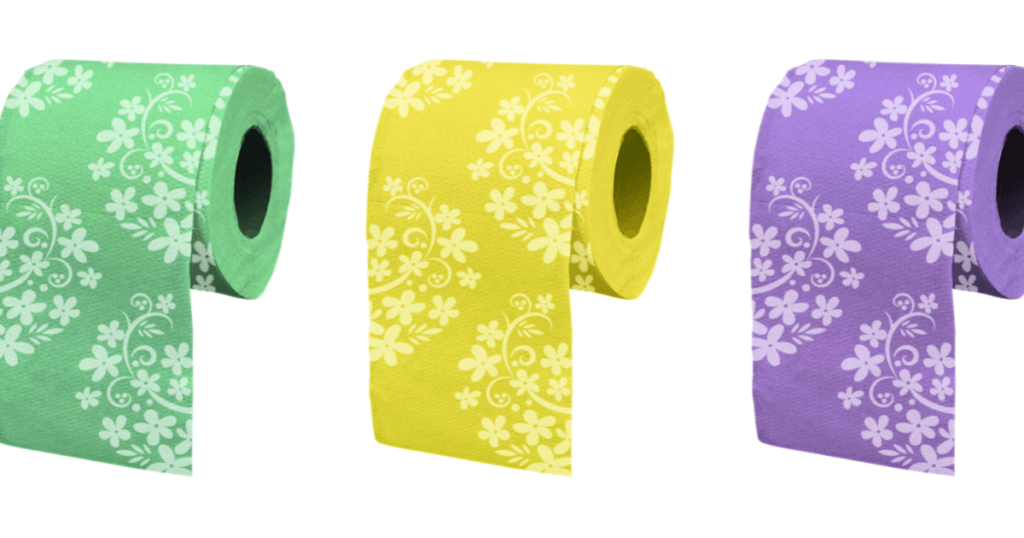
You might find it hard to imagine, but there was a time when your choice of toilet paper could be a style statement that complemented your bathroom’s design. In this section, you’ll understand how colored toilet paper went from a creative innovation to a fashionable bathroom necessity.
Early Innovations in Toilet Paper
Joseph Gayetty is the name you should remember when you think of the humble beginnings of toilet paper in the United States. Back in 1857, he introduced a new product to the world: toilet paper in flat sheets, marketed as a medical accessory.
Original toilet paper was a far cry from the soft, plush rolls you’re used to today. These first iterations were more about function than fashion, but they laid the groundwork for the later craze of customizing even the most mundane aspects of home life.
Colored Toilet Paper in Fashion
By the mid-20th century, bathroom design had taken a creative turn, especially with the popularization of unique pastel colors for fixtures like toilets and sinks.
Matching every part of the bathroom became a trend, and this is where Northern Tissue comes into the scene. They grabbed the opportunity and introduced colored toilet paper in the 1950s. This product range included colors like pink, blue, and yellow, which quickly became a hit.
- Pastel Colors:
- Pink
- Blue
- Yellow
- Green
- Lavender
In addition, some brands added delicate patterns, like lace, to their rolls, creating a luxurious feel for an otherwise everyday item. Your bathroom could be a full-on experience in design coherence, and the soft, colorful rolls were the cherry on top.
Health and Environmental Concerns
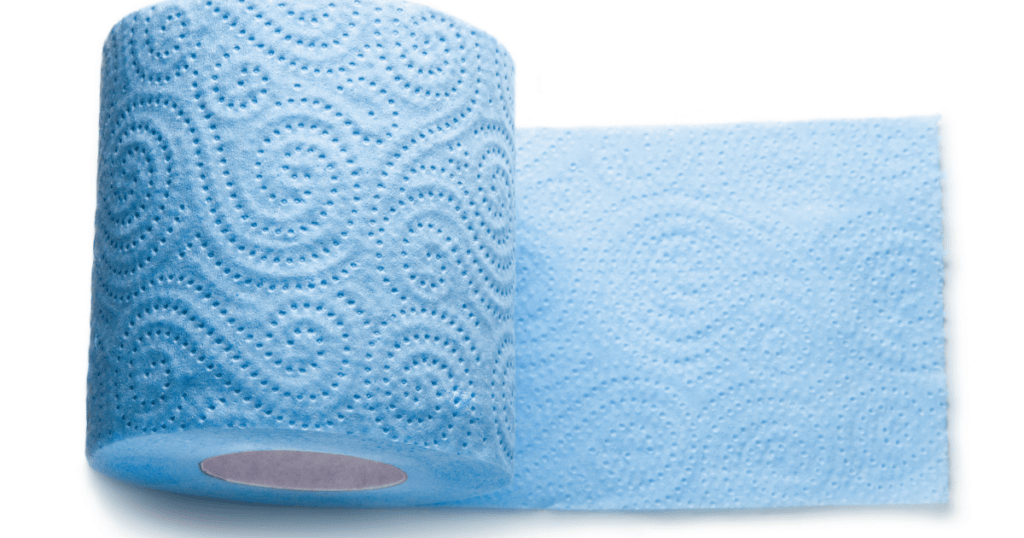
You might not think much of what goes into your toilet paper color, but those pretty hues have a hidden cost. It revolves around health worries linked to dyes and the environmental toll they take.
Dye-Related Health Issues
The dyes used to add a splash of color to your toilet paper haven’t always been kind to your skin. Doctors have raised concerns about potential allergic reactions, which can lead to discomfort and skin irritation.
It turns out that those dyes can sometimes contain allergens or other irritants that can affect sensitive individuals.
- Symptoms of allergic reactions: Itching, redness, swelling.
- Chemicals of concern: Azo dyes, which might release compounds like aniline.
Environmental Impact of Dyes
But it’s not just about your bum. The environment also suffers. When colored toilet paper is flushed away, the dyes can end up in the water supply, contributing to pollution.
- Waterways affected: Rivers, lakes, and streams.
- Concerns: Harm to aquatic life, costly water treatment processes.
Toilet paper with dyes has a more chemically intensive production process than its plain white counterpart, leading to greater environmental concerns.
These dyes can be stubborn, refusing to break down easily, which means they linger in the environment long after you’ve waved goodbye to that colored toilet tissue.
Decline and Discontinuation
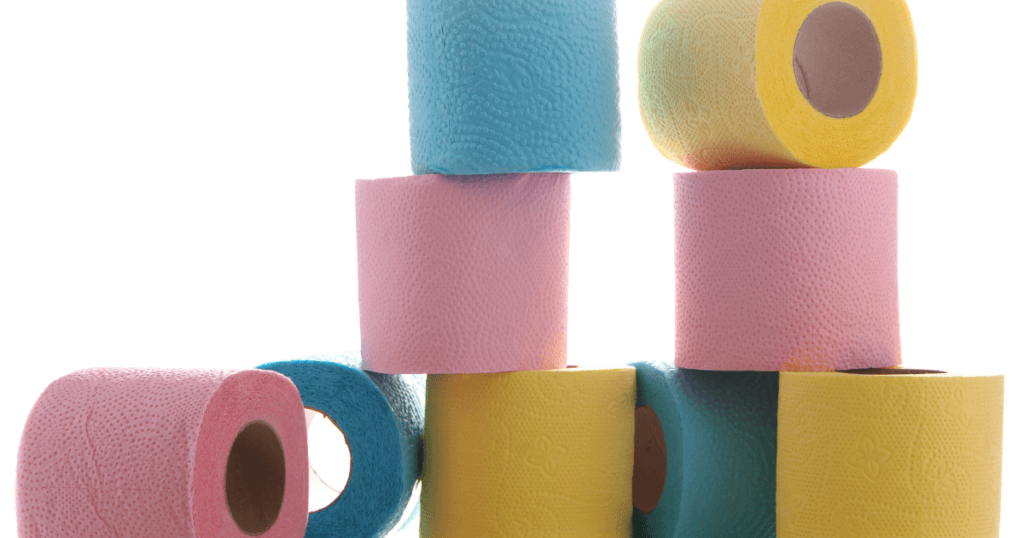
Colored toilet paper faded from the shelves largely due to costs and changing tastes. This article explains how preferences shifted and why producing vibrant rolls became a fiscal challenge.
Changing Consumer Preferences
You might remember when colored toilet paper was a household staple, matching bathroom decor in shades like pink, blue, and green.
But consumers’ tastes changed. Health concerns and a growing environmental consciousness shifted preferences towards white toilet paper.
This shift is backed by a decrease in demand for colored options as people favored the perceived purity and safety of white toilet paper, which, unlike its colored counterparts, does not contain any dyes.
Cost Factors in Production
The cost angle is straightforward: producing colored toilet paper is simply more expensive than white. Here’s a breakdown:
- Dyes and Chemicals: Colored variants require the initial dye and other chemicals to fix the color.
- Bleach: Ironically, even colored paper needs to be bleached first to ensure a consistent color application, doubling the chemical use.
- Production Runs: Smaller production runs for various colors increased costs compared to larger runs of white toilet paper.
- Marketing: Selling these colorful options needed more aggressive marketing to stand out against the plain, but now preferred, white.
- Cost of Production: The cumulative effect of these factors raised production costs, reducing profit margins compared to white toilet paper.
Modern Alternatives and Perspectives
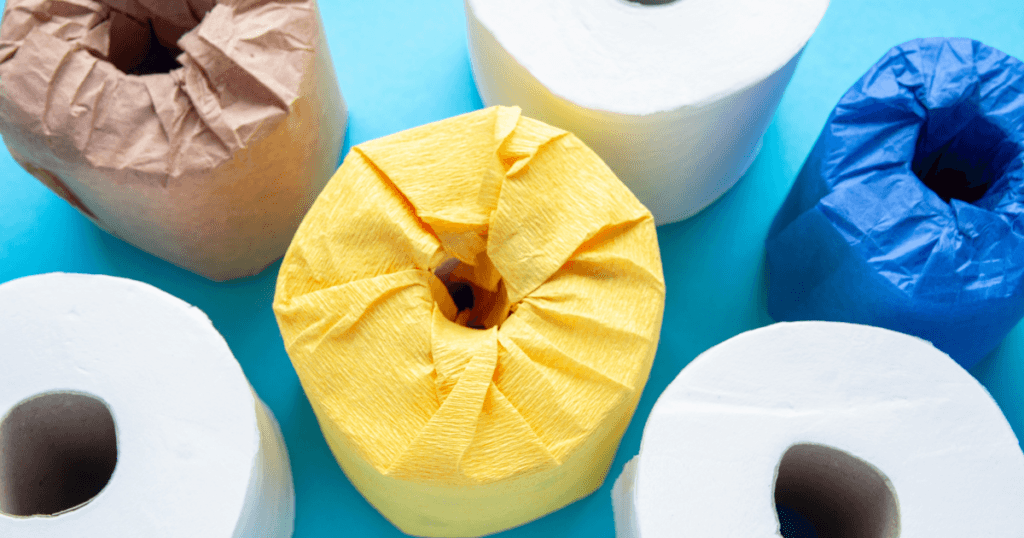
When looking for bathroom flair or eco-conscious options, you have plenty of innovative products and sustainable choices.
Innovative Bathroom Products
You might remember the days when colored toilet paper, like Renova’s black toilet paper, added a unique twist to bathroom decor.
These novelty products let you match your TP to your personal style or bathroom color scheme. But it’s not just about looks anymore; the modern market offers function with its form through options like:
- Bidet Attachments are a trendy and hygienic wash that reduces the need for toilet paper, colored or otherwise.
- Moist Toilet Tissue: This is for those who prefer the traditional route but still want an enhanced cleaning experience.
The Shift Towards Eco-Friendliness
Your choices today are leaning heavily towards sustainability. Here’s why:
- Septic System Health: Colored toilet paper often contains dyes that could disrupt the bacteria in your septic system. Now, you’re more likely to find unbleached bamboo toilet paper that’s septic-safe.
- Bamboo Toilet Paper is grabbing the spotlight with its gentle-on-the-earth badge. It’s soft and breaks down faster than traditional tree-based options.
- Eco-certifications: Look for labels that mark your TP as friendly to both your rear and the sphere, like FSC or Green Seal.
Conclusion
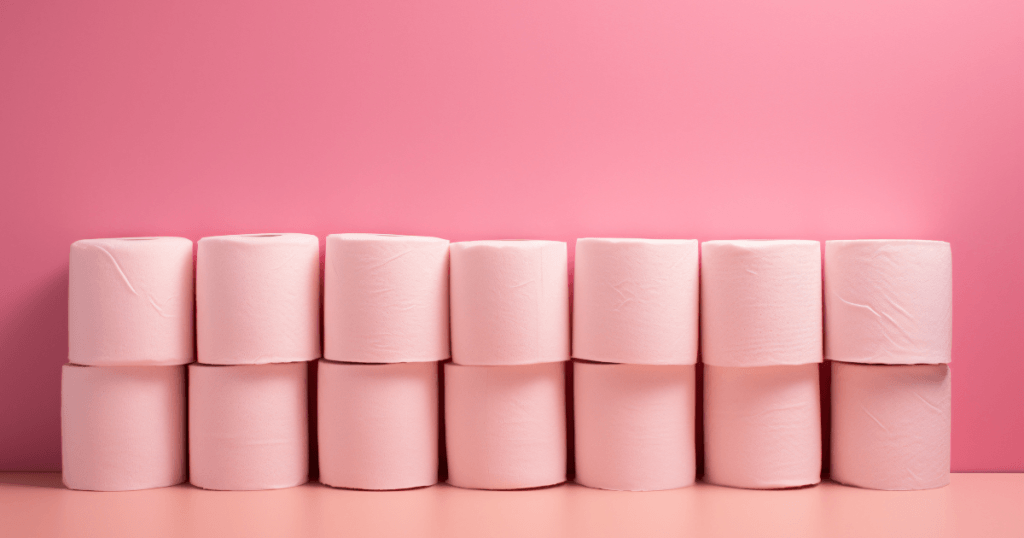
Colored toilet paper was once a fashionable choice in bathrooms. However, several factors led to its decline:
Health Concerns: You might worry that dyes can irritate sensitive skin. Manufacturers addressed this by minimizing chemical usage.
Environmental Impact: You’re probably aware of the push for more eco-friendly products. Colored toilet paper often requires more processing and dyes, conflicting with environmental efforts.
Cost and Popularity: Economically, it might not make sense for you to pay more for colored rolls. Manufacturers phased them out as demand dropped.
Remember your history: In the 2000s, colored toilet paper faded from shelves. It’s a relic, a reminder of past trends.
Now, standard white toilet paper is mostly focused on softness and strength. It reflects your modern values of simplicity, safety, and sustainability.
Colored Toilet Paper FAQ’s
Why did colored toilet paper become popular in the mid-20th century?
Colored toilet paper became a trendy household item during the mid-20th century. It allowed homeowners to match their bathroom decor and express individuality, making the bathroom experience more personalized and aesthetically pleasing.
Are there any concerns associated with using colored toilet paper?
Yes, some concerns have been raised about the dyes and chemicals used in colored toilet paper, suggesting they might cause allergic reactions for some individuals or be harmful to the environment when flushed.
Dive Deep
- Eco Soul Bamboo Toilet Paper Review
- Caboo Bamboo Toilet Paper Review
- Cloud Bamboo Toilet Paper Review
